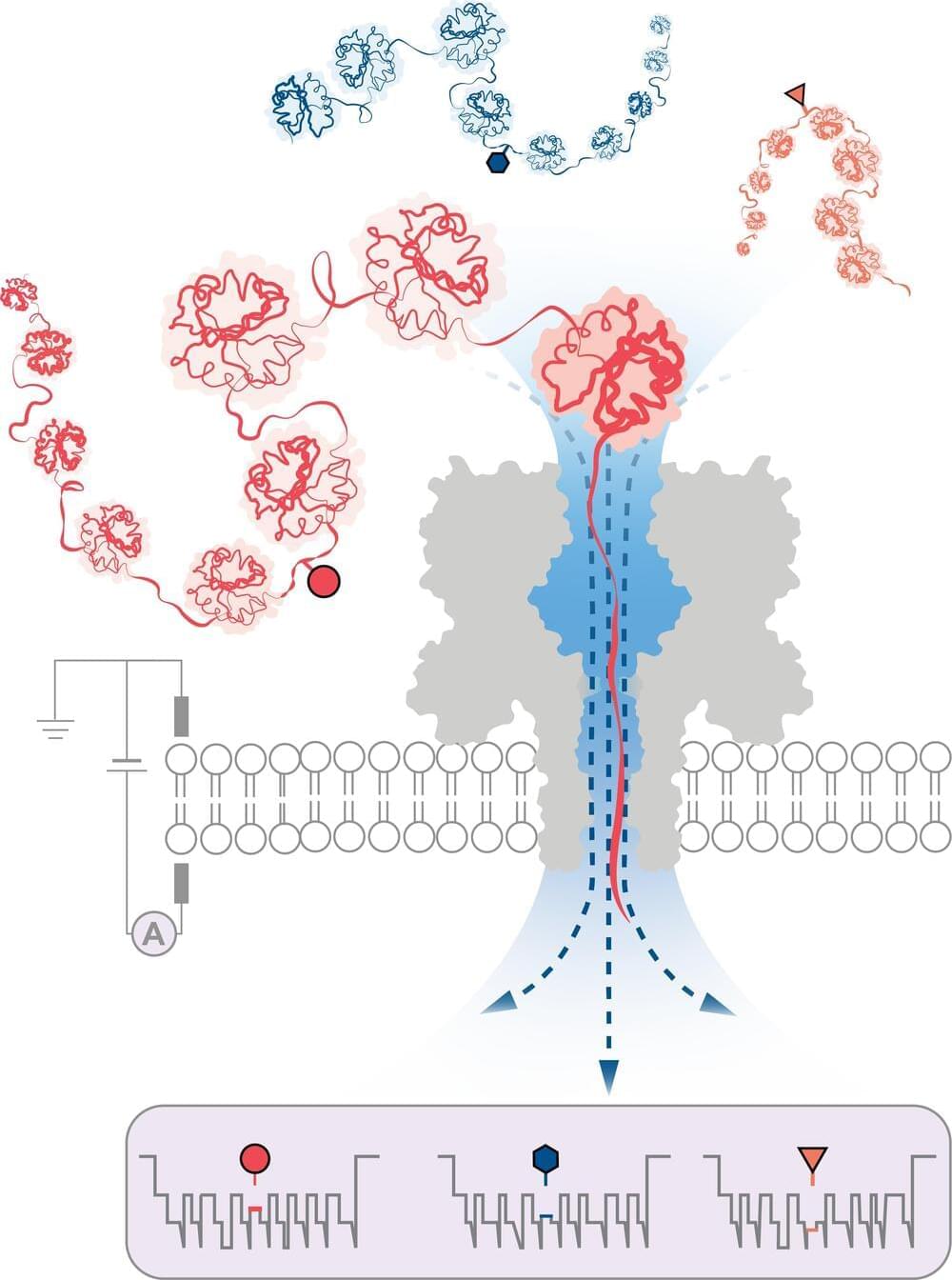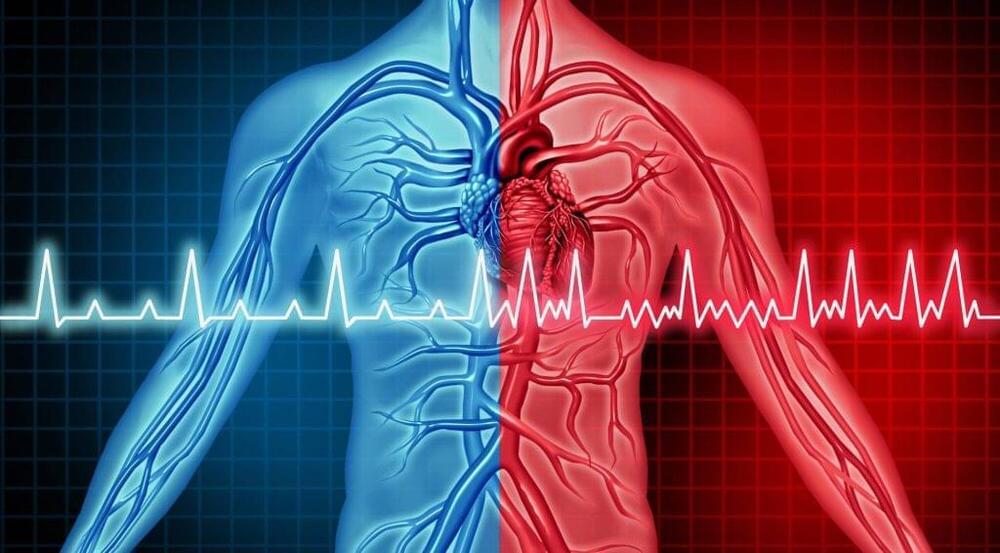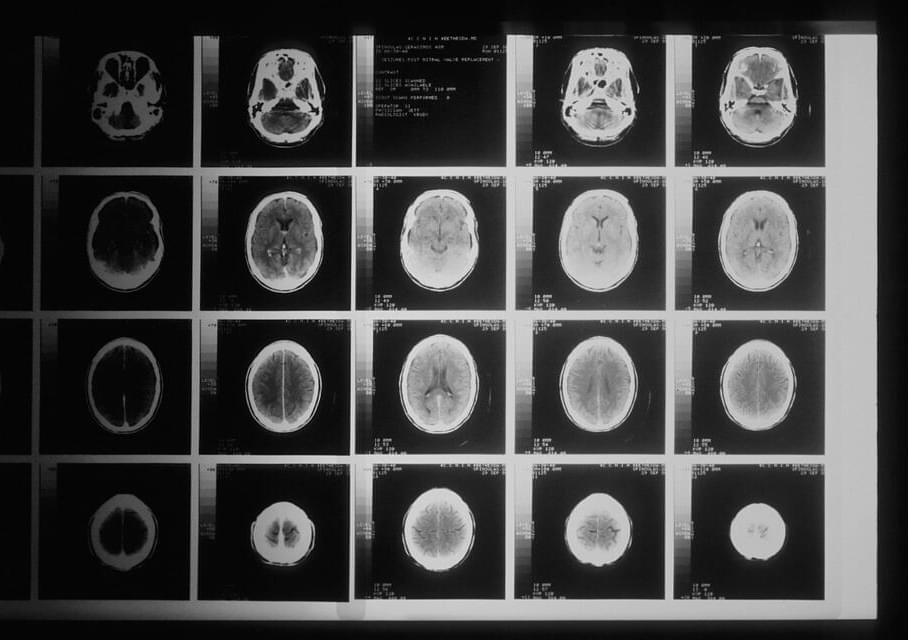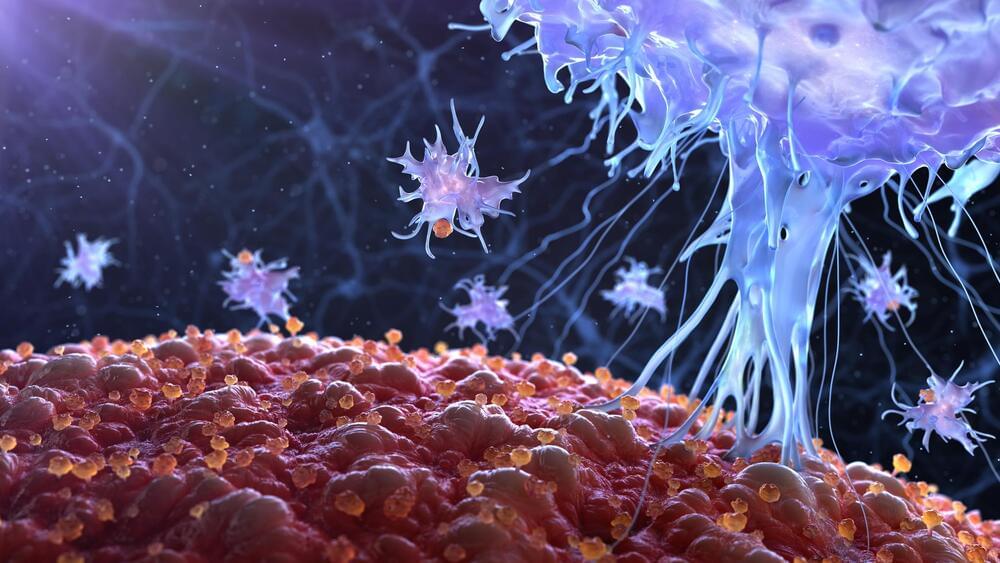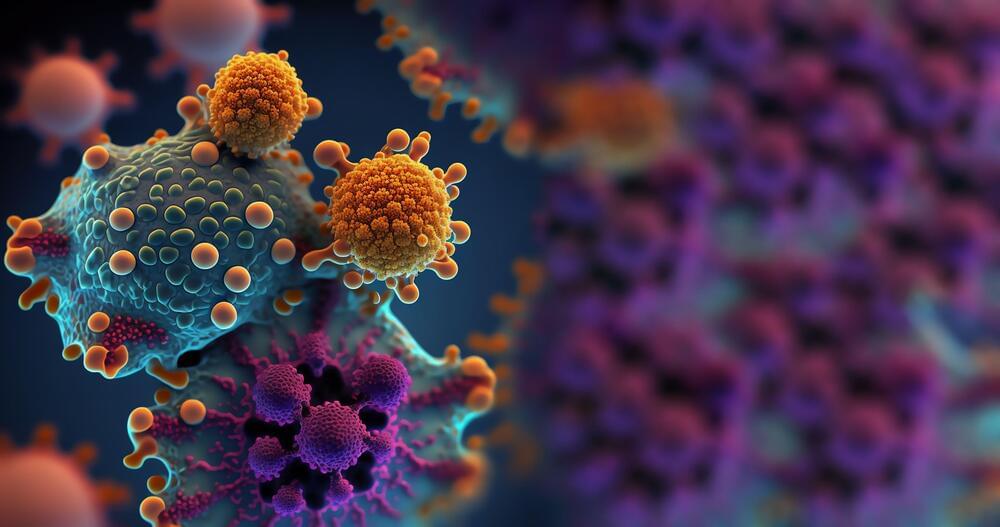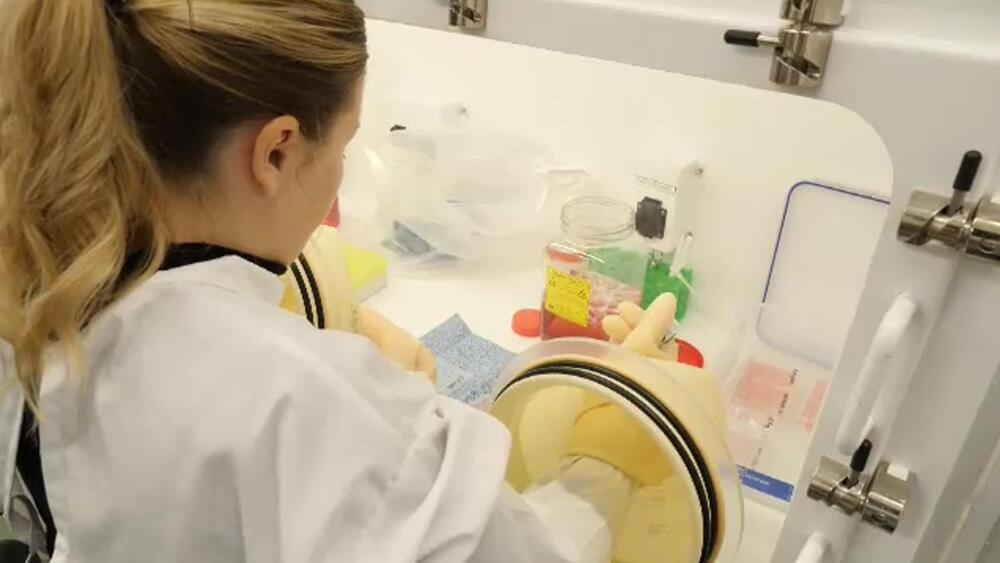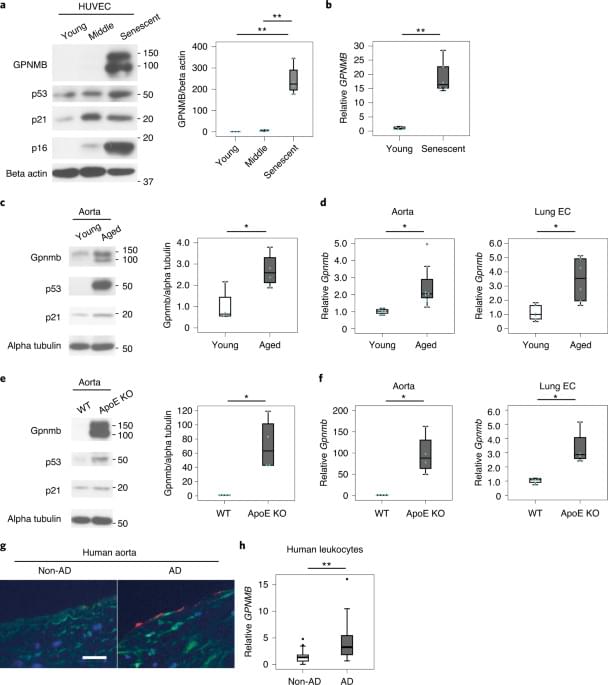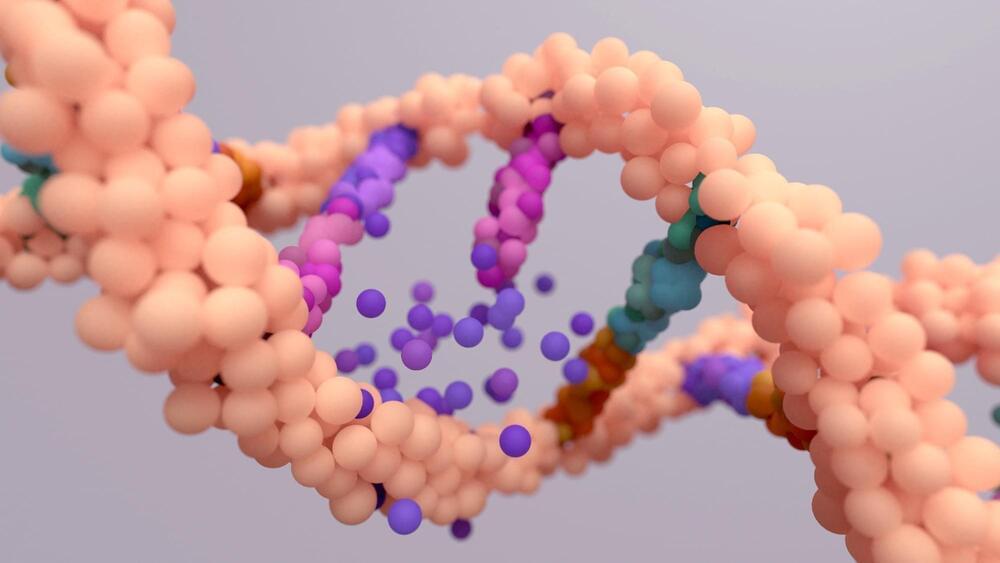This article is an installment of Future Explored, a weekly guide to world-changing technology. You can get stories like this one straight to your inbox every Thursday morning by subscribing here.
The Australian military is funding a project to grow intelligent “mini-brains” in petri dishes. The goal is to use these “DishBrains” to design better AIs — and, eventually, even combine the two, creating AIs merged with processing features of human brain cells.
By creating just the right conditions, scientists can coax stem cells into growing into “organoids,” three-dimensional tissues that resemble the structure and function of different organs — even brains.
